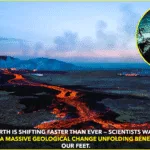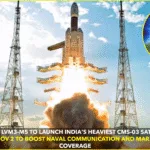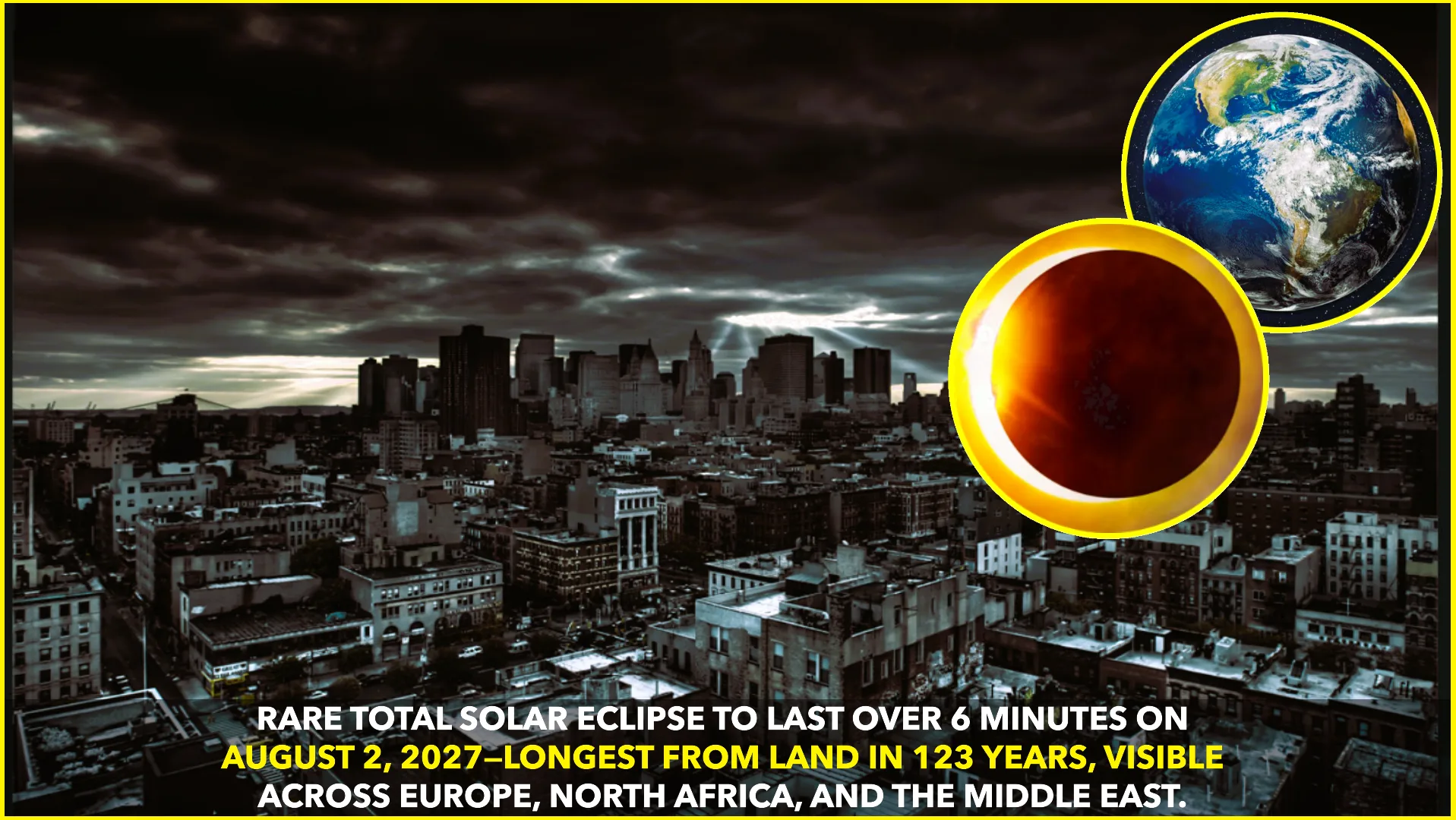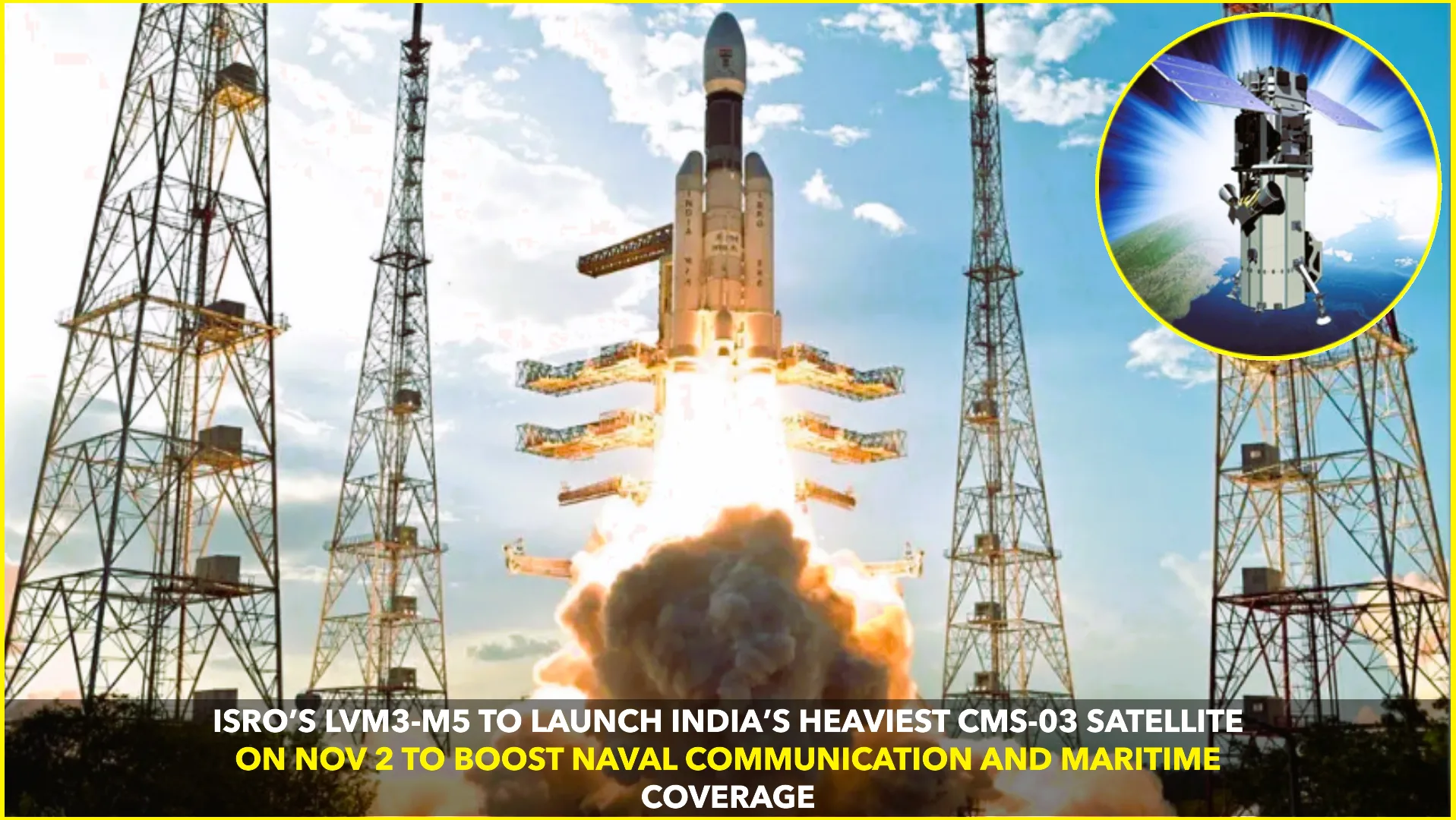Skywatchers, mark your calendars: a rare and spectacular total solar eclipse is set to occur on August 2, 2027, offering the longest duration of totality visible from land between 1991 and 2114. The astronomical event will plunge parts of southern Europe, North Africa, and the Middle East into complete darkness for up to 6 minutes and 23 seconds, creating a breathtaking natural phenomenon not seen for generations.
This eclipse will be one of the longest of the 21st century due to a rare cosmic alignment. According to experts from NASA and the European Space Agency (ESA), three key factors are contributing to its exceptional length:
- Earth at Aphelion: On August 2, Earth will be near its aphelion—the point in its orbit farthest from the Sun. This makes the Sun appear slightly smaller in the sky.
- Moon at Perigee: Simultaneously, the Moon will be at or near perigee, its closest approach to Earth. This means it will appear larger than usual and able to fully cover the Sun’s disk for a longer period.
- Equatorial Path: The eclipse path will cross areas close to the equator, where the Moon’s shadow travels more slowly across Earth’s surface, further extending the duration of totality.
Who Will See It?
The path of totality—where observers will experience complete darkness during the eclipse—will begin in the Atlantic Ocean, then sweep across parts of southern Spain, including Seville and Córdoba, travel through northern Africa (including Algeria, Tunisia, and Egypt), and continue into parts of the Middle East, including Saudi Arabia, Yemen, and Oman.
Major cities such as Luxor, Mecca, and Muscat are expected to experience the full spectacle, with eclipse durations ranging from 4 to over 6 minutes, depending on location.
Outside the path of totality, a partial eclipse will be visible across a much wider region, including large parts of Europe, western Asia, and northern Sub-Saharan Africa.
Scientific Significance
Astronomers and solar researchers are eagerly anticipating this eclipse. The extended duration of totality will allow for longer and more detailed observations of the Sun’s corona, the outer atmosphere that is normally invisible and only seen during an eclipse. Scientists plan to use high-resolution imaging equipment to study coronal dynamics, solar wind origins, and magnetic field structures.
According to NASA’s eclipse expert Fred Espenak, “This eclipse will be a landmark event for both science and public engagement. Its length and visibility across populated regions make it an ideal opportunity for observation.”
Tourism and Travel Surge Expected
Many tour operators are already offering “eclipse travel packages” to destinations along the path of totality. Cities like Seville, Luxor, and Muscat are expected to see a major influx of eclipse tourists, bringing a temporary boost to local economies. Observatories and tourism boards are planning viewing events, safety awareness campaigns, and public telescope installations.
How to Watch Safely
Observers are reminded never to look directly at the Sun without proper protection. Eclipse glasses that meet ISO 12312-2 standards or solar viewing filters are essential for safely enjoying both partial and total phases of the eclipse.
NASA and other space agencies will also livestream the eclipse for those unable to travel to the path of totality.
Sources:
- NASA Eclipse Web Page: eclipse.gsfc.nasa.gov
- ESA Eclipse Updates: esa.int
- Time and Date Eclipse Guide: timeanddate.com/eclipse










